The Karate Kid Part III: A Retrospective Review
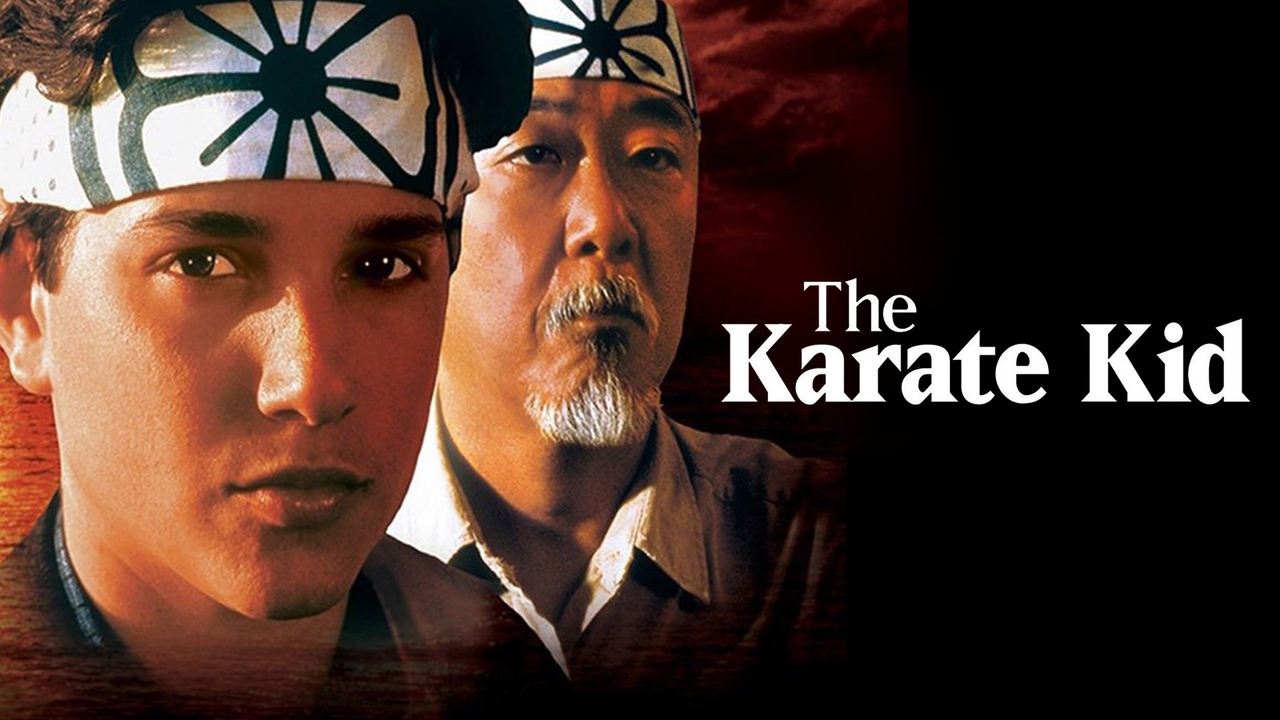
Table of Contents
The Villain's Impact: Terry Silver and His Machiavellian Tactics
The Karate Kid Part III introduces Terry Silver, a far more insidious antagonist than John Kreese. While Kreese relied on brute force and intimidation, Silver operates with a calculated, almost Machiavellian approach. His wealth and connections allow him to manipulate the system, creating a playing field tilted heavily against Daniel LaRusso. This makes him a compelling, and arguably more effective, villain.
- His strategic use of intimidation and psychological warfare: Silver doesn't just threaten physical harm; he uses psychological manipulation to break Daniel's spirit and undermine his confidence.
- His exploitation of loopholes and grey areas in the rules of karate tournaments: Silver uses his influence to bend the rules to his advantage, creating unfair advantages for his fighters.
- His financial influence and manipulation of the tournament system: Silver’s wealth allows him to control judges and officials, ensuring that the competition remains rigged in his favor.
- The lasting impact of his presence on the Karate Kid narrative: Silver's actions directly contribute to the escalating conflict and the intense pressure Daniel faces throughout the film. His manipulative tactics are a significant departure from Kreese's more straightforward aggression.
Daniel LaRusso's Internal Struggle and Growth
Daniel LaRusso faces immense pressure in The Karate Kid Part III. He isn't just fighting Terry Silver; he's grappling with his own internal struggles. The film showcases Daniel's resilience as he confronts his emotional turmoil and refined karate skills. He’s no longer the naive newcomer; he's a seasoned fighter facing a more sophisticated and ruthless opponent.
- His struggle to maintain balance between his personal life and his training: The intense pressure of the upcoming tournament impacts his relationships and creates personal conflict.
- His development of new fighting strategies: Forced to adapt to Silver's tactics, Daniel hones new skills and strategies beyond his initial training.
- His grappling with the ethical dilemmas presented by Silver's actions: Daniel faces moral challenges as he witnesses the unethical behavior of Silver and his team.
- His reliance on Mr. Miyagi's wisdom despite their strained relationship: Despite a strained relationship with his mentor, Daniel ultimately relies on Mr. Miyagi's guidance to overcome the challenges.
Mr. Miyagi's Physical and Emotional State
The Karate Kid Part III presents a different Mr. Miyagi. The brutal attack by Kreese in the previous film leaves him physically and emotionally wounded. This vulnerability adds a new layer of complexity to his character. While still a source of wisdom and guidance, his physical limitations and emotional scars profoundly affect his actions.
- The impact of Kreese's attack on his physical capabilities: Mr. Miyagi's injuries significantly hinder his ability to fully train Daniel.
- His internal conflict and emotional toll related to Kreese’s actions: He wrestles with the consequences of his past actions and the lasting trauma inflicted by Kreese.
- His ultimate choice to guide Daniel despite his reservations: Despite his physical limitations and emotional turmoil, Miyagi chooses to support Daniel, demonstrating his unwavering commitment to his student.
- The subtle ways he imparts his wisdom and guides Daniel’s training: Miyagi's training methods adapt to his physical limitations, highlighting the wisdom and patience he imparts.
The Film's Legacy and Cultural Impact
The Karate Kid Part III, while perhaps not as critically acclaimed as its predecessors, holds a significant place within the franchise and the broader landscape of 80s action cinema. Its contribution to the enduring popularity of karate and martial arts cannot be overlooked.
- Box office performance and critical reviews: While commercially successful, it received mixed reviews compared to the first two films.
- Its contribution to the popularity of karate and martial arts: The film, like the rest of the franchise, fueled interest in martial arts and karate.
- Its place within the broader landscape of 80s action films: The Karate Kid Part III fits neatly into the action film genre of the 1980s, offering a blend of martial arts action, personal drama, and thematic depth.
- The film's enduring appeal to audiences today: Despite its mixed reception upon release, The Karate Kid Part III continues to hold a place in the hearts of many fans and remains a significant chapter in the franchise's narrative.
Conclusion
The Karate Kid Part III presents a darker, more complex narrative than its predecessors. While it deviates somewhat from the lighthearted tone of the first two films, it explores deeper themes of betrayal, resilience, and the enduring power of mentorship. Terry Silver's cunning villainy provides a compelling antagonist, while Daniel's internal struggles and Mr. Miyagi's vulnerability add layers of emotional depth. While perhaps not reaching the heights of its predecessors, The Karate Kid Part III remains a vital part of the franchise's legacy. Revisit The Karate Kid Part III and share your own thoughts on this often-overlooked chapter in the iconic franchise.

Featured Posts
-
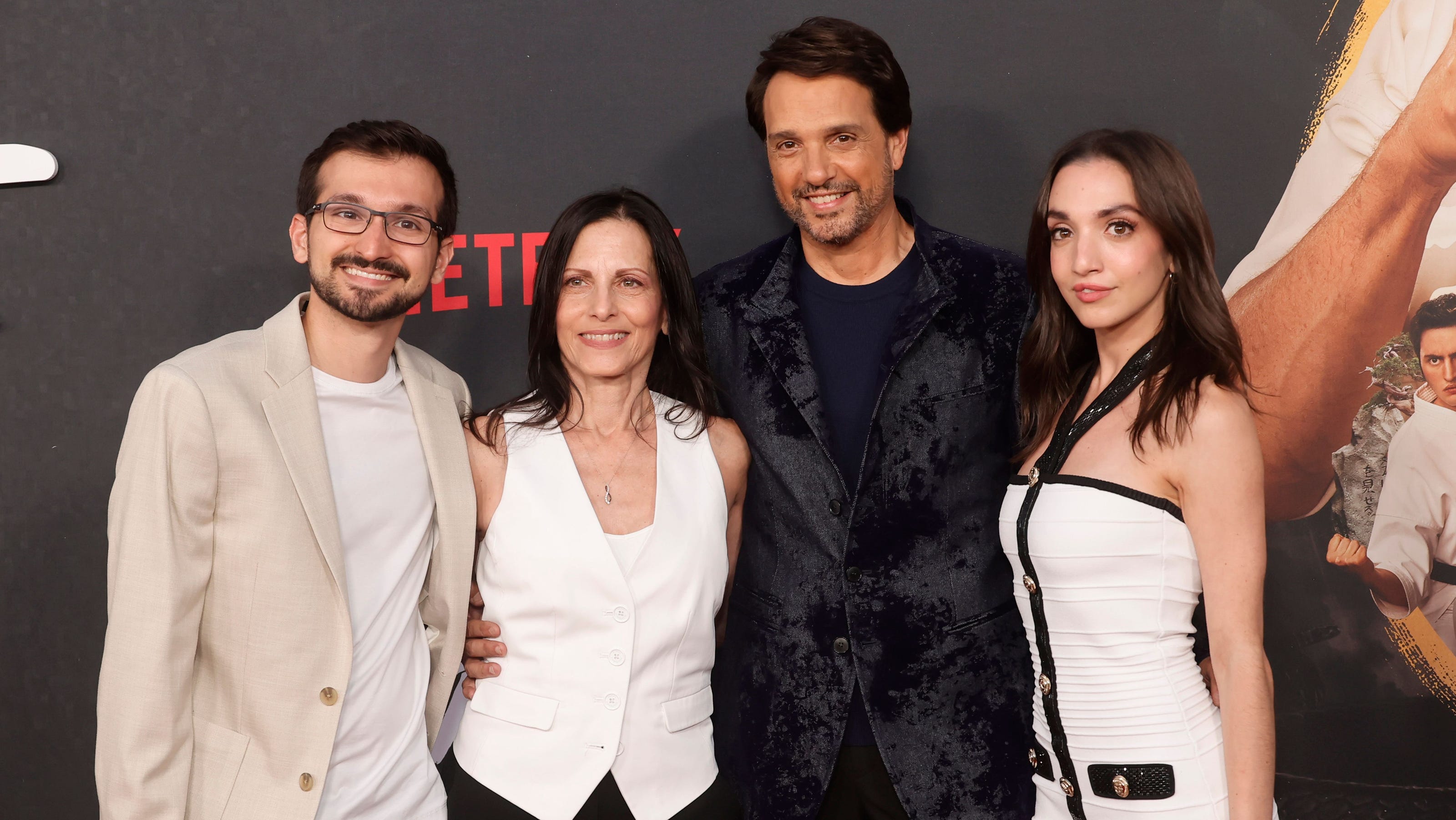 Ralph Macchio On Lasting Marriage Advice From The Cobra Kai Star
May 07, 2025
Ralph Macchio On Lasting Marriage Advice From The Cobra Kai Star
May 07, 2025 -
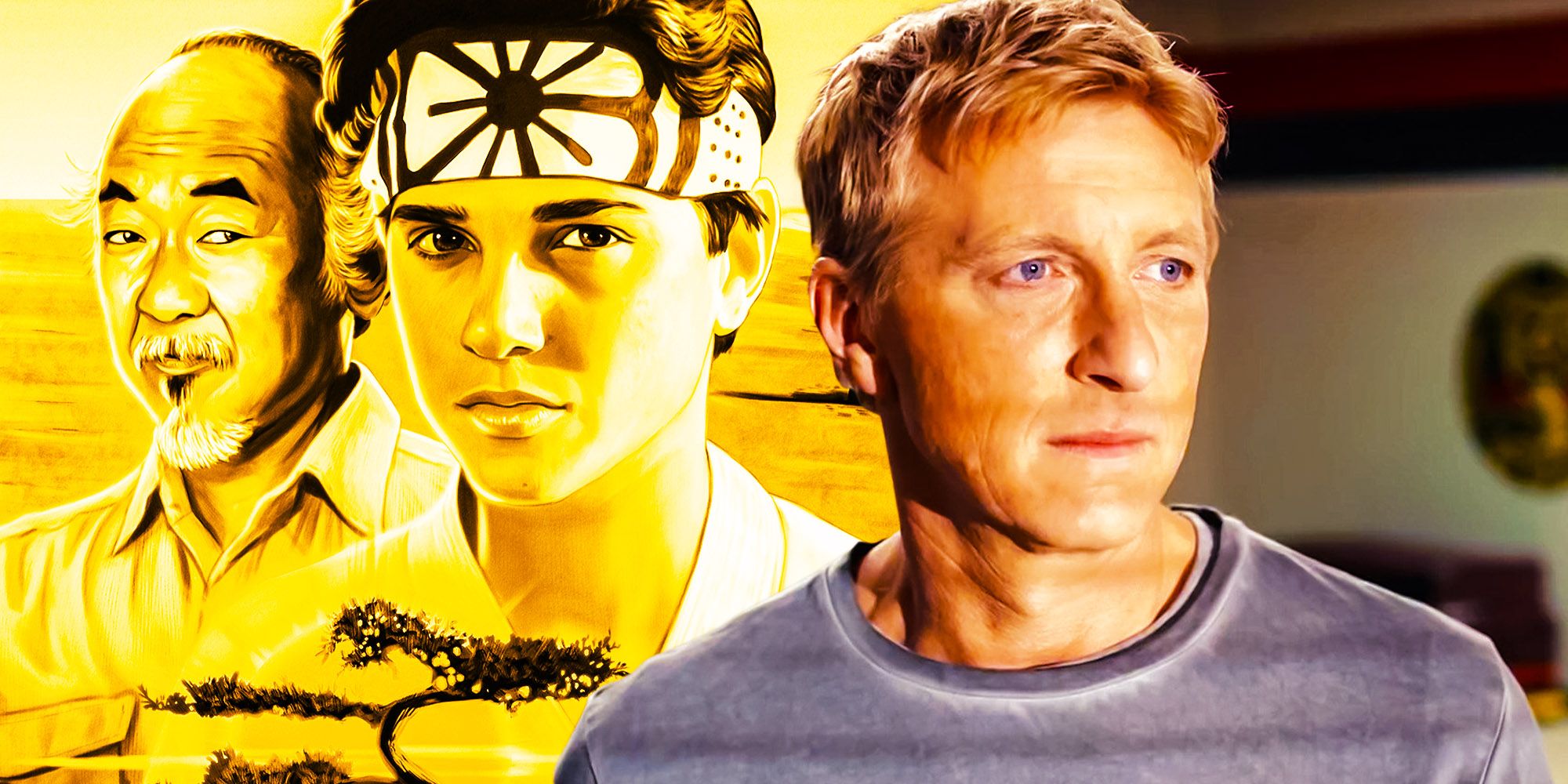 Cobra Kai And The Karate Kid Exploring Continuity And Connections
May 07, 2025
Cobra Kai And The Karate Kid Exploring Continuity And Connections
May 07, 2025 -
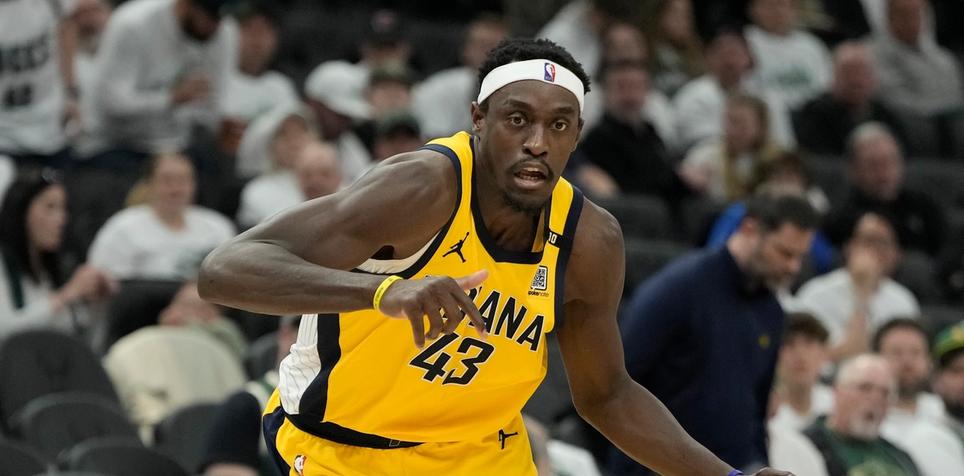 Eastern Conference Semifinals Smart Bets For Cavaliers Vs Pacers Series
May 07, 2025
Eastern Conference Semifinals Smart Bets For Cavaliers Vs Pacers Series
May 07, 2025 -
 I Cardinali Di Papa Francesco Chi Sono E Cosa Rappresentano Per Il Conclave
May 07, 2025
I Cardinali Di Papa Francesco Chi Sono E Cosa Rappresentano Per Il Conclave
May 07, 2025 -
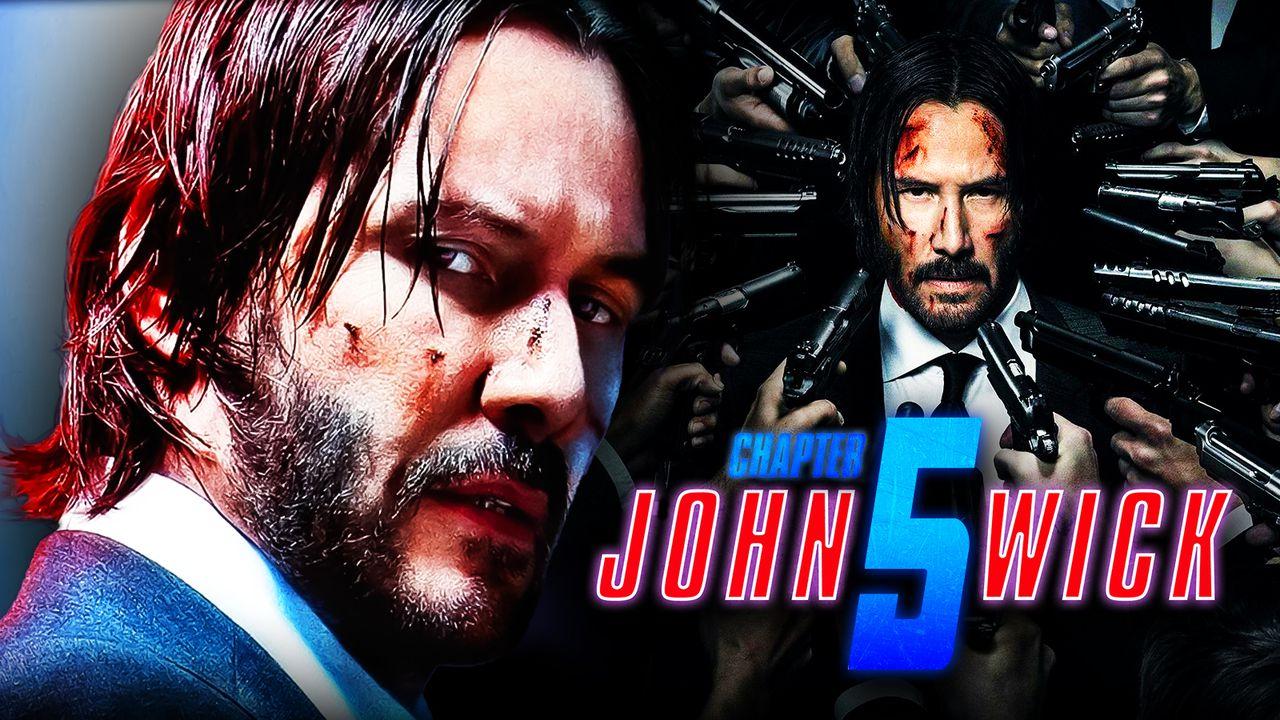 Is John Wick 5 Necessary A Critical Look At The Franchises Future
May 07, 2025
Is John Wick 5 Necessary A Critical Look At The Franchises Future
May 07, 2025
